The Great Inventor Zhuge Liang: Told as first person perspective
By: Kyle W.
U.S.A.
I, Zhuge Liang, was born 181 A.D. and died 234 A.D. I got trapped in a burning hut and I could not get out. My other name was King Ming. People said that I was a remarkable politician, strategist, diplomat, astrologer, and an inventor in the three kingdom period of China. I was the prime minister of Shu Kingdom. Many people say that I was a versatile man and I mastered Chinese handwriting, painting, music, astronomy, astrology, strategy, and military science.
I created many inventions like the repeating crossbow, the assault vehicle, the kong ming lamp, and the wooden ox and horse, but that is only of few things that I invented. I work really hard making things and doing things I like. When I am thinking of things to build, I always think of what it could do to help the world in many ways. I always tried to make things that could spread throughout the Middle East and into Europe, but it was difficult as some times. Each time after I invented one of my inventions, I would tell the Emperor and he would let me test it so I could build more. Whenever I would create a weapon or a military vehicle, I would test it and use it in war.
When I created the repeating crossbow, I was thinking that I could improve the ordinary crossbow into something twice as good. I created the repeating crossbow because it would be a help to our army, and maybe it could be well known for its abilities. After I was through creating it, I showed it to the emperor to see if he liked it, and yes, he did! He didn’t just like it, he loved it! So, the day after, he told me to take it to the testing range with a couple of his men to test it. When he showed up, we started firing. It fired 10 to 15 bullets in one clip, so the men loved it. When they figured out the base of the weapon, they liked it and started to fire it multiple times. After that day, the emperor told me to make more and more repeating crossbow, so the whole army could have one. I said no as long as I could get paid more. Right then and there, he gave me a big raise and said I could be his new inventor. I spent night and day making them, but it was worth all the time I spent into it when we were attacked by Japan. It was right then that the Japanese army came running with all their force, but we shot so many arrow that they could not kill any of us.
I also invented the Kong Ming lamp. I invented it to be a military transmission lamp. I wanted to make something that could float really high in the sky and light up really bright, so our men could see the lamp. After many years of work, someone took my concept and made a parachute. People made a different meaning to my lamp as a symbol of happiness and luck. I am very glad that I invented the Kong Ming lamp because it made a lot more inventions and different meaning based off my great creation. In the many years I lived, many people thanked me for all those great inventions I made throughout my life. Lots of them wanted to keep up my work on great creations.
Besides all those war and floating inventions, I also invented a ground moving wooden ox and horse. They are meant to help carry things for anyone, but mostly the army used them to carry many supplies that they can’t carry easily. It also could carry three times as much as 7 men. It was very useful for my men. There is a rope inside that connects and if you pull the tongue, the legs will start moving, so they would keep having to pull the tongue.
I invented a war machine that could break down walls in no time at all. It became very useful when we had to go and break down into enemy lines. The assault vehicle was meant for breaking things down. It had a sharp steel point supported by a thick steel pipe. It rolled on wheels for easy moving.
People say that I greatly affected the world with my great inventions. I helped the people now with ideas of things I made back then. I created many more inventions than what I showed you, but I hoped I could have created more.
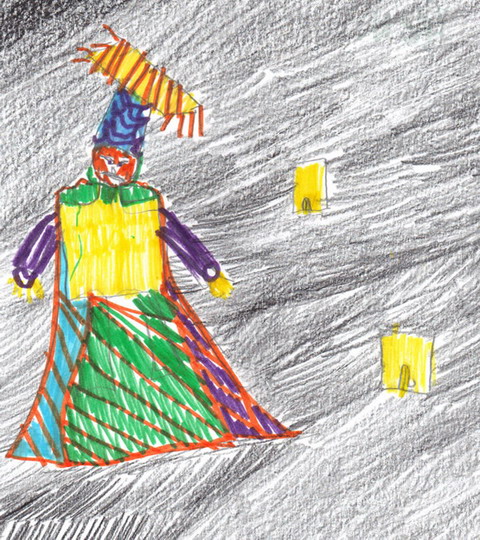
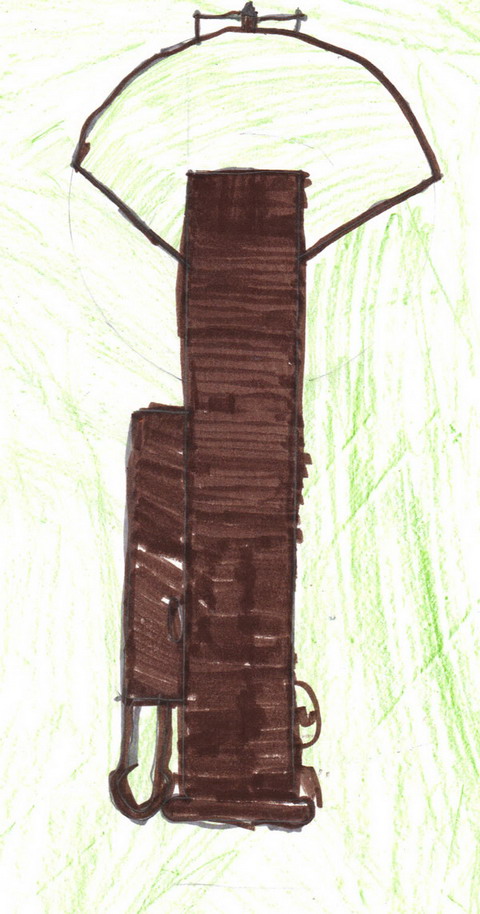
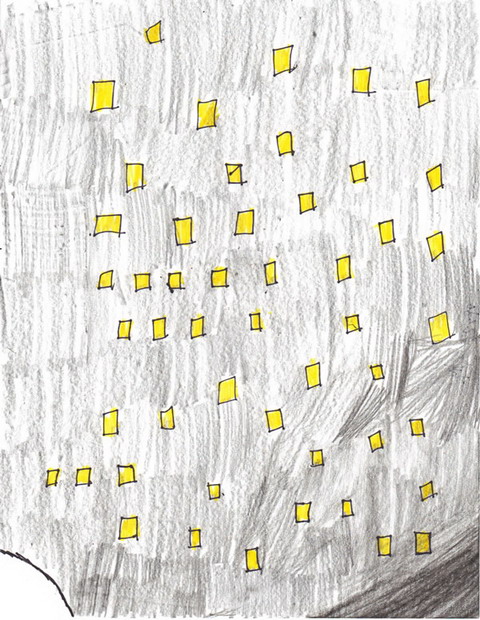
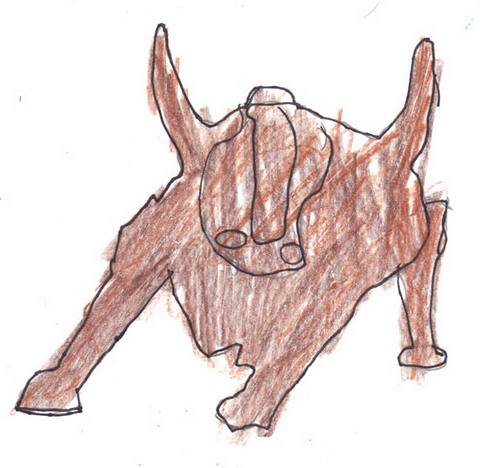
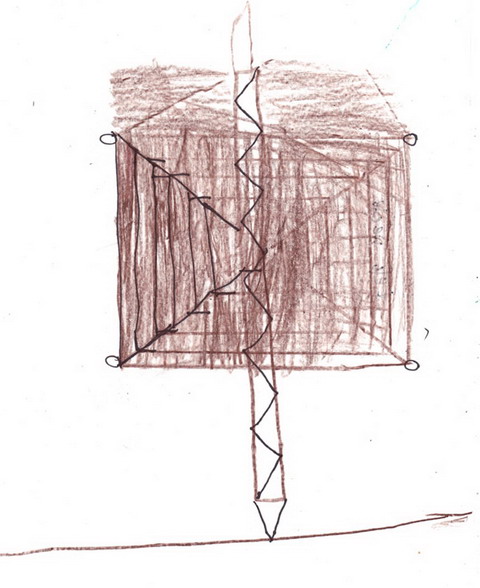
“Ancient China.” www.mysteriousChina.com. Retrieved on January 30, 2013.
“Zhuge Liange.” www.zhugeliangwikipedia.com. Retrieved on February 8, 2013.
“Zhuge Liang.” www.biography.com. Retrieved on January 15, 2013.
|
